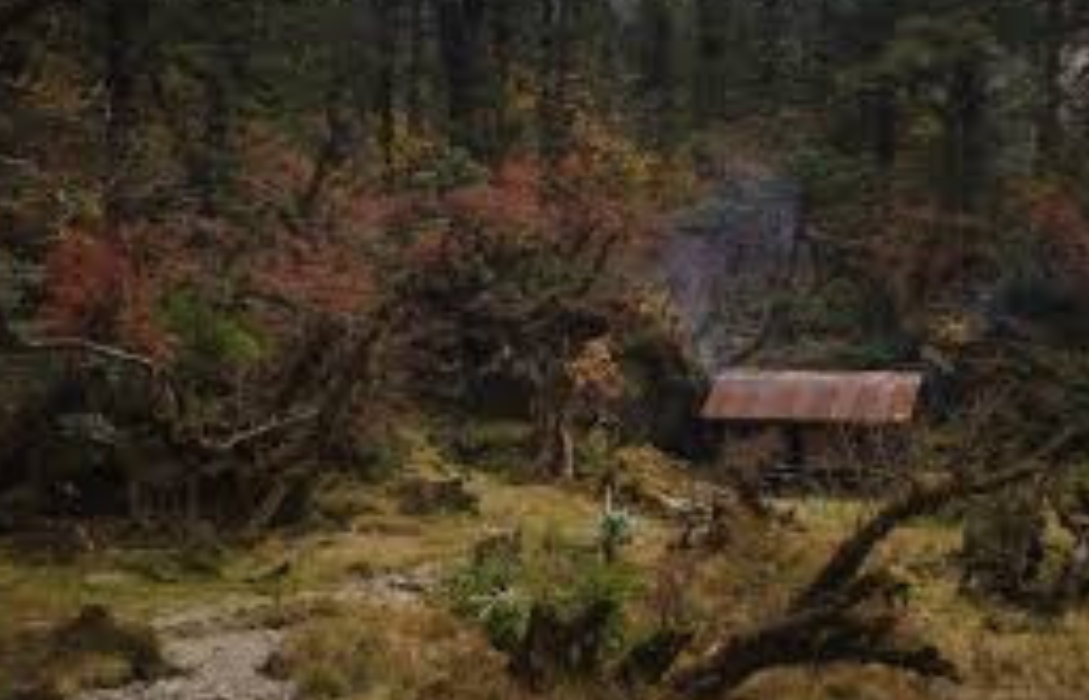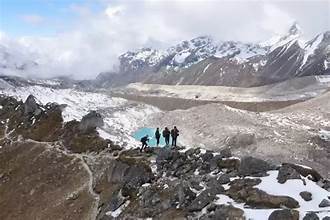Sikkim has received global appreciation after the International Union for Conservation of Nature (IUCN) recognised Khangchendzonga National Park as one of the Best Managed Protected Areas in the world. The state government said this achievement reflects Sikkim’s ongoing commitment to nature conservation, sustainable development, and cultural heritage.
Sikkim Becomes India’s Only Site Rated ‘Good’ in IUCN 2025 Review
According to the Forest and Environment Department, Khangchendzonga National Park has been rated ‘Good’ in the 2025 IUCN World Heritage Outlook, making it the only Indian site to receive this grade.
This global assessment evaluates the present condition, conservation prospects, risks, and long-term protection of World Heritage Sites.
Minister Says Recognition Shows Sikkim’s Holistic Conservation Approach
State Forest and Environment Minister Pintso Namgyal Lepcha said the recognition is a major moment of pride for Sikkim.
He stated:
“This honour reinforces Sikkim’s holistic approach to conservation, where nature and culture exist together in balance. The hard work of forest officers and staff is truly commendable.”
What the IUCN Outlook Report Highlights
The IUCN World Heritage Outlook, first launched in 2014, provides a detailed global review of natural and mixed heritage sites. The evaluation is carried out by independent experts who study:
-
Current condition of the site
-
Threats and risks
-
Strength of protection measures
-
Effectiveness of ongoing management
This recognition highlights not only the Centre’s efforts, but also Sikkim’s strong commitment to biodiversity protection, community-led conservation, and sustainable ecosystem management.
Why Khangchendzonga National Park Is Globally Important
Located in the Eastern Himalayas, Khangchendzonga National Park covers nearly 1,784 sq. km and includes the world’s third-highest peak — Mount Khangchendzonga.
It is internationally known for its:
-
Rich biodiversity
-
Pristine glaciers
-
Alpine meadows
-
Unique natural and cultural landscapes
In 2016, the park became India’s first-ever Mixed Heritage Site under UNESCO, recognising both its ecological value and deep spiritual heritage.

























